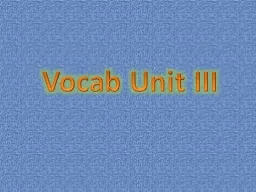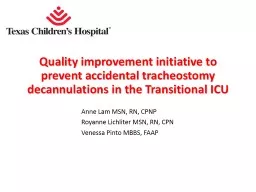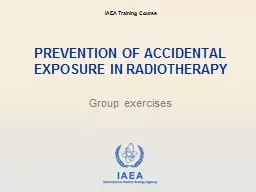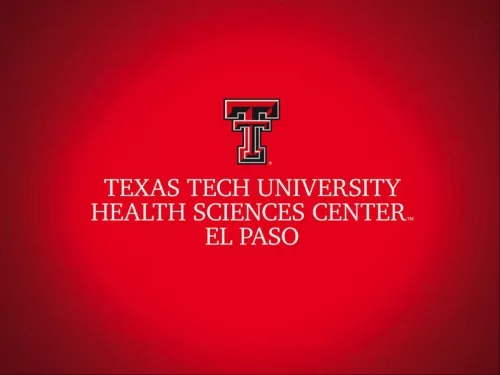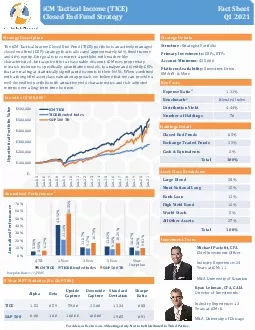PDF-IntroductionExtravasation of an ICM is de31ned as the accidental re
Author : sophia2 | Published Date : 2022-09-09
151 Dres Cristián Varela U1 Paulina Sepúlveda P2 J Prieto R3 Sebastián Pavanati C41Radiologist Head of Imaging Department Clínica Dávila Santiago 150 Chile
Presentation Embed Code
Download Presentation
Download Presentation The PPT/PDF document "IntroductionExtravasation of an ICM is d..." is the property of its rightful owner. Permission is granted to download and print the materials on this website for personal, non-commercial use only, and to display it on your personal computer provided you do not modify the materials and that you retain all copyright notices contained in the materials. By downloading content from our website, you accept the terms of this agreement.
IntroductionExtravasation of an ICM is de31ned as the accidental re: Transcript
Download Rules Of Document
"IntroductionExtravasation of an ICM is de31ned as the accidental re"The content belongs to its owner. You may download and print it for personal use, without modification, and keep all copyright notices. By downloading, you agree to these terms.
Related Documents





